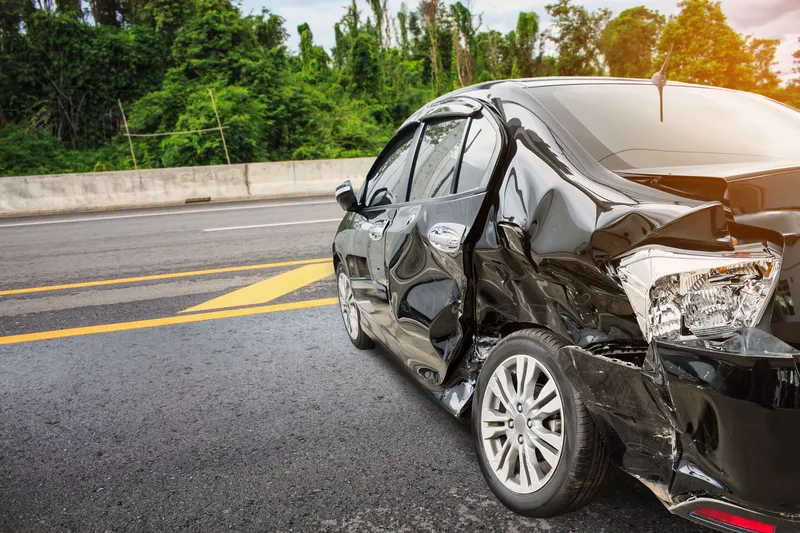A dummy in motorcycling gear sliding into a guardrail was displayed in the European Parliament in Brussels, to present the Smart RRS project which developed a road restraint system effectively protecting motorcyclists from impacting against guardrail posts. The system also features sensors to warn road users of hazards and call the emergency services after an accident. It was the final event of Smart Road Restraint Systems, a project co-funded by the European Commission.
July 16, 2012
Read time: 1 min
A dummy in motorcycling gear sliding into a guardrail was displayed in the European Parliament in Brussels, to present the Smart RRS project which developed a road restraint system effectively protecting motorcyclists from impacting against guardrail posts. The system also features sensors to warn road users of hazards and call the emergency services after an accident. It was the final event of Smart Road Restraint Systems, a project co-funded by the 1690 European Commission.








